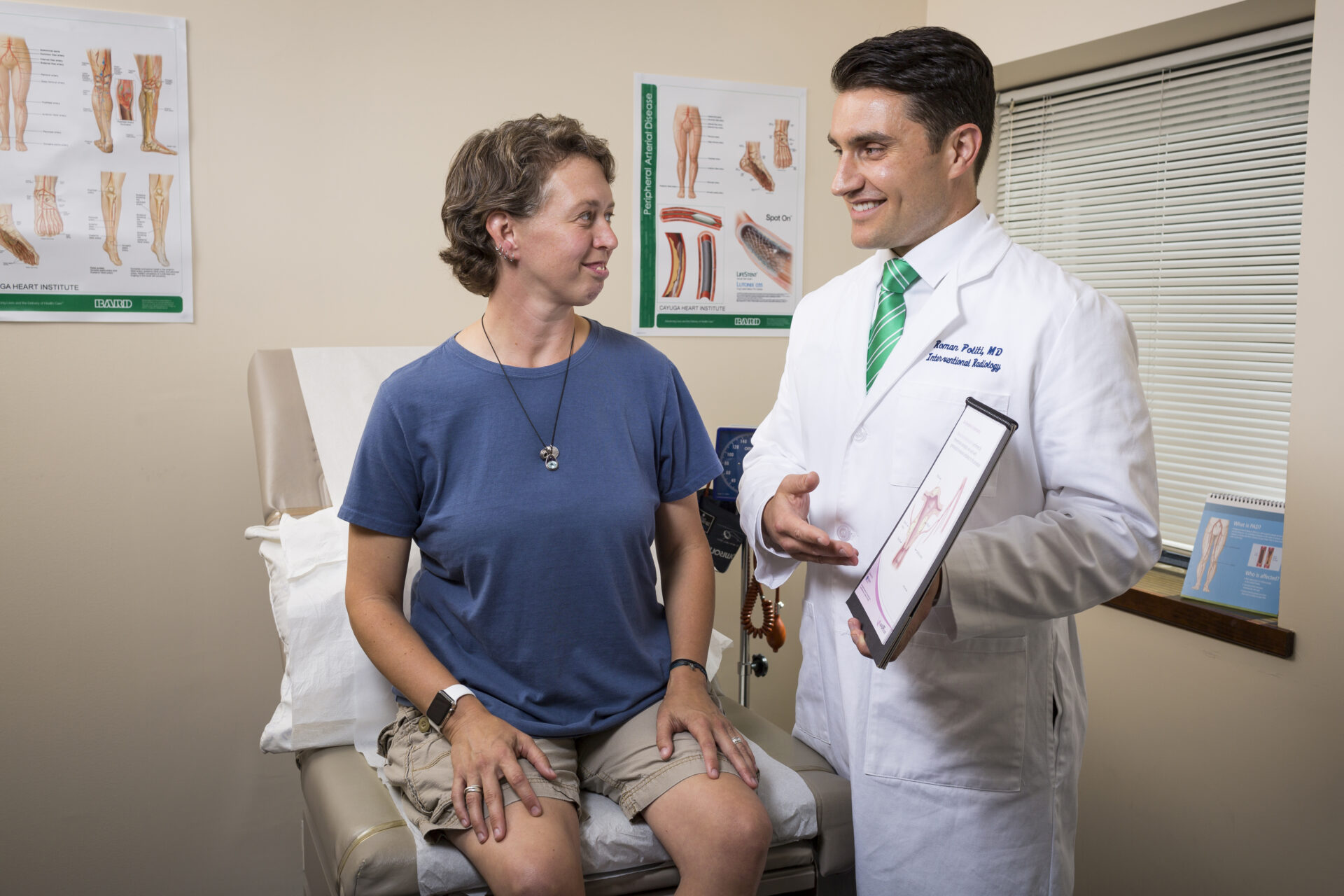About
Interventional radiologists diagnose and treat disease. They treat a wide range of conditions in the body by inserting various small devices, such as catheters or wires from outside the body. X-ray and imaging methods, such as CT and ultrasound help guide the radiologist. Interventional radiology can be used instead of surgery for many conditions. In some cases, it can eliminate the need for hospitalization.
Who is the interventional radiologist?
The interventional radiologist is a medical doctor who has completed an accredited residency program. They can then take the board exam given by the American Board of Radiology. Next, the interventional radiologist completes a fellowship training program. These experts work closely with other healthcare providers and play an important role on the treatment team.
What procedures do interventional radiologists perform?
Interventional radiologists do a variety of procedures, including:

what our patients are saying
“I have been a Hemo dialysis patient for almost Five years. Prior to dialysis and during dialysis I have had several trips to the ER, due to other health issues & was admitted to CMC more than a few times. Each and every time I’ve been there, whether in patient or out, I have been treated with respect, professionalism, and efficiency. I give this hospital 2 thumbs up!! Thank you CMC for taking care of me all these years!!”
“I have to say the last couple visits that I’ve had here have been wonderful. About a month ago I had an EGD and the staff were amazing! Explained everything in detail and made me feel at ease. I was very nervous and the nurse I had was very comforting. Tonight we had to take my son to the emergency room and they were awesome with him! We got right in. “
“I have had many occasions visiting CMC for myself and family. We have never had a bad experience there at all. Last October I had surgery and the nurses were amazing especially my night nurse. Thank you to all CMC staff for doing what you do every day with a smile.”
“The staff and accommodations at Cayuga Birthplace are amazing!!! This is what it I imagine it would feel like to be a celebrity getting VIP treatment. I wish I could stay longer – even the food options are 5 Star! The amenities are great. Everything is clean and designed beautifully. Not a single complaint, only praises!”

